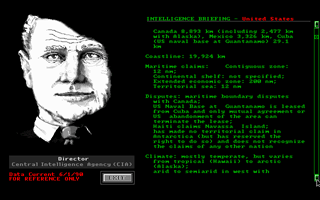


That risk remains, the Fund's Kenya head of mission Mary Goodman told journalists last week. In 2018, the International Monetary Fund classified Kenya as at high risk of debt distress. He also said then that the number of households connected to the electricity grid had tripled to more than 8 million. His government has modernised Kenya's crumbling, century-old railway network and built more kilometres of paved roads than the previous four administrations combined - over 10,000, Kenyatta told parliament in November. Kenyatta, who must stand down after serving two terms, says borrowing - including US$8 billion from China - funded much-needed infrastructure and helped spur development. "The increase in debt has been alarmingly fast," said Robert Shaw, an independent economic policy analyst based in Nairobi. Annual growth averaging 3.8per cent over nine years has boosted gross domestic product to 11 trillion shillings (US$92.75 billion) from under 5 trillion.Ī close Western ally, East Africa's most stable country also hosts the regional headquarters of international firms like Alphabet Inc and Visa.ĭebt levels have surged, however, to 9 trillion shillings, or 67per cent of GDP, from just 2 trillion, or 40per cent of GDP, when Kenyatta was elected. Kenya's economy is now Africa's sixth biggest, up from 13th when Kenyatta took power in April 2013. The election is being overshadowed by a drought that has left 4 million people dependent on food aid while Russia's invasion of Ukraine drives up global grain and fuel prices. Some 22 million voters will pick a new president, lawmakers and county officials on Aug.


NAIROBI : Kenya's economic output has more than doubled during President Uhuru Kenyatta's 10 years in office, but a debt binge that fuelled growth and investment could cramp his successor's ability to tackle growing hunger and soaring prices.


 0 kommentar(er)
0 kommentar(er)
